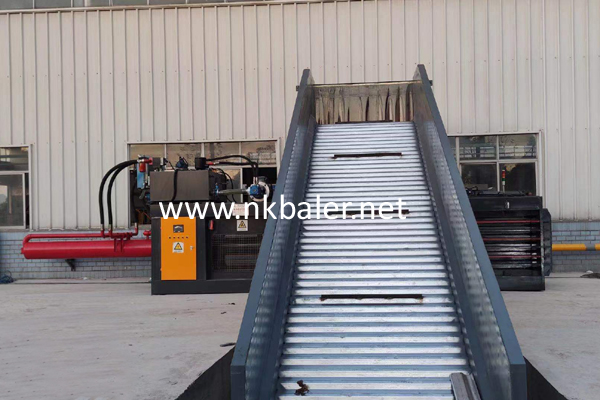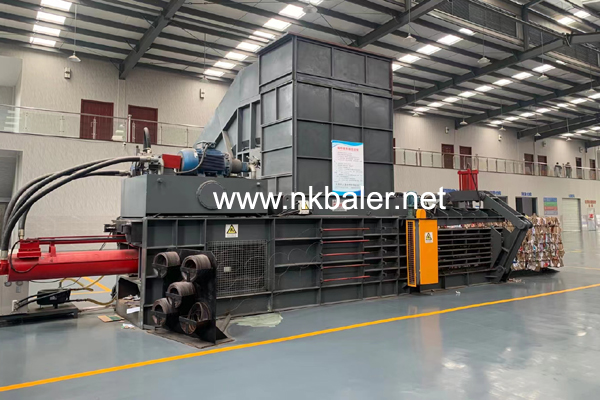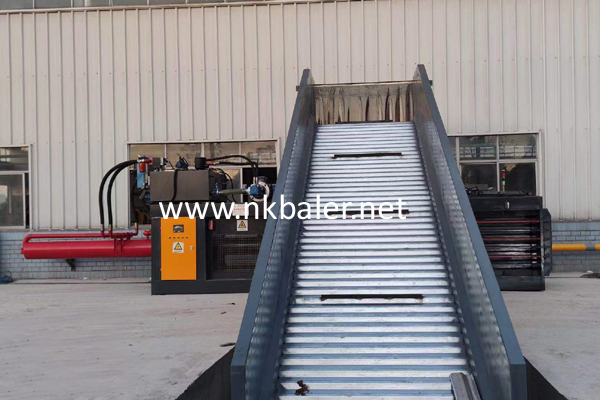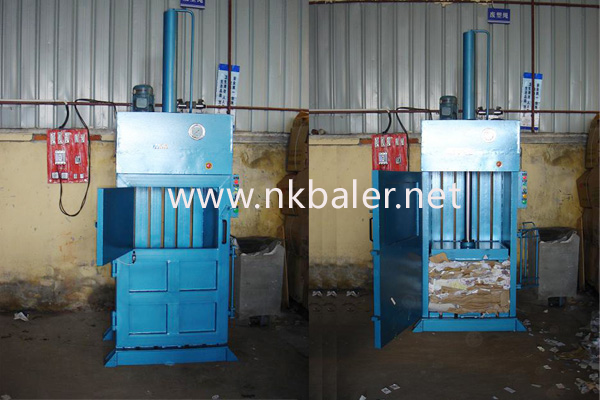The price of a baling machine is closely related to its functionality.Generally speaking,the more features and higher performance a baling machine has,the higher its price tends to be.Basic models usually only have simple tightening and sealing functions,suitable for small-scale operations or basic packaging needs,and therefore are relatively inexpensive.As functionalities increase,such as automatic adjustment of tightening force,multiple baling mode options,higher baling speed,and more precise process control,the baling machine can adapt to more complex operational requirements,improving production efficiency and packaging quality.Naturally,these types of baler command higher prices.High-end baling machines may also integrate Internet of Things (IoT) technology to enable remote monitoring and fault diagnosis,further enhancing operational convenience and reducing maintenance time.These advanced technological features are also among the reasons for their high cost.Additionally,some baling machines are designed for specific industrial applications and may include features like dust and corrosion resistance,or be adapted to handle packages of specific sizes and shapes.These specialized functions also contribute to a higher price.

Therefore,when selecting a baling machine,users need to weigh the necessity and cost-effectiveness of different features according to their business needs and budget to make an appropriate investment decision.The price of a baling machine usually correlates positively with the complexity and level of automation of its functions.

The above measures can maximize the working efficiency of the baling machine,reduce the failure rate,ensure a smooth production process,and extend the service life of the equipment.Daily maintenance of the baler includes cleaning,lubrication,inspection and replacement of worn parts to maintain optimum performance.

Through market research and comparative analysis,you can select the most suitable baling machine.Choosing a baling machine requires considering packaging needs,efficiency,cost,and machine reliability and durability.
Baling machines play a crucial role in the logistics industry,effectively enhancing the efficiency and quality of goods packaging,thereby facilitating and ensuring the convenience and safety of logistics transportation.Here are the main functions of balinging machines in the logistics industry:Improving Packaging Efficiency:baling machines can quickly and continuously package goods,significantly increasing packaging efficiency,especially in large-scale logistics operations,where they can substantially reduce manual labor and time costs.Ensuring Packaging Quality:baling machines operate based on set parameters to ensure standardization,guaranteeing the tightness and seal of the packaging and reducing packaging quality issues caused by human factors.Reducing Cargo Damage:Solid and standardized packaging protects goods from damage during storage and transport,particularly important for fragile and high-value items.Optimizing Warehouse Space:baling machines typically wrap goods more compactly,benefiting warehouse space utilization and improving storage efficiency.Enhancing Loading and Unloading Efficiency:Standardized packaging makes it easier to identify and handle goods during loading and unloading,accelerating the circulation speed of goods.

In summary,baling machines not only simplify logistics operations but also enhance the efficiency and safety of goods handling throughout the logistics industry,making them an indispensable piece of equipment in modern logistics.Baling machines enhance logistics efficiency and ensure cargo safety,key to rapid loading and transportation.

Therefore,businesses should consider factors like production scale,item characteristics,and budget when selecting a baling machine.The advantage of manual baling machines lies in their low cost and simple operation,but they have limited efficiency and high labor intensity.
Email:info@nkbaler.com Nickbaler888@gmail.com
WhatsApp: 008615021631102

